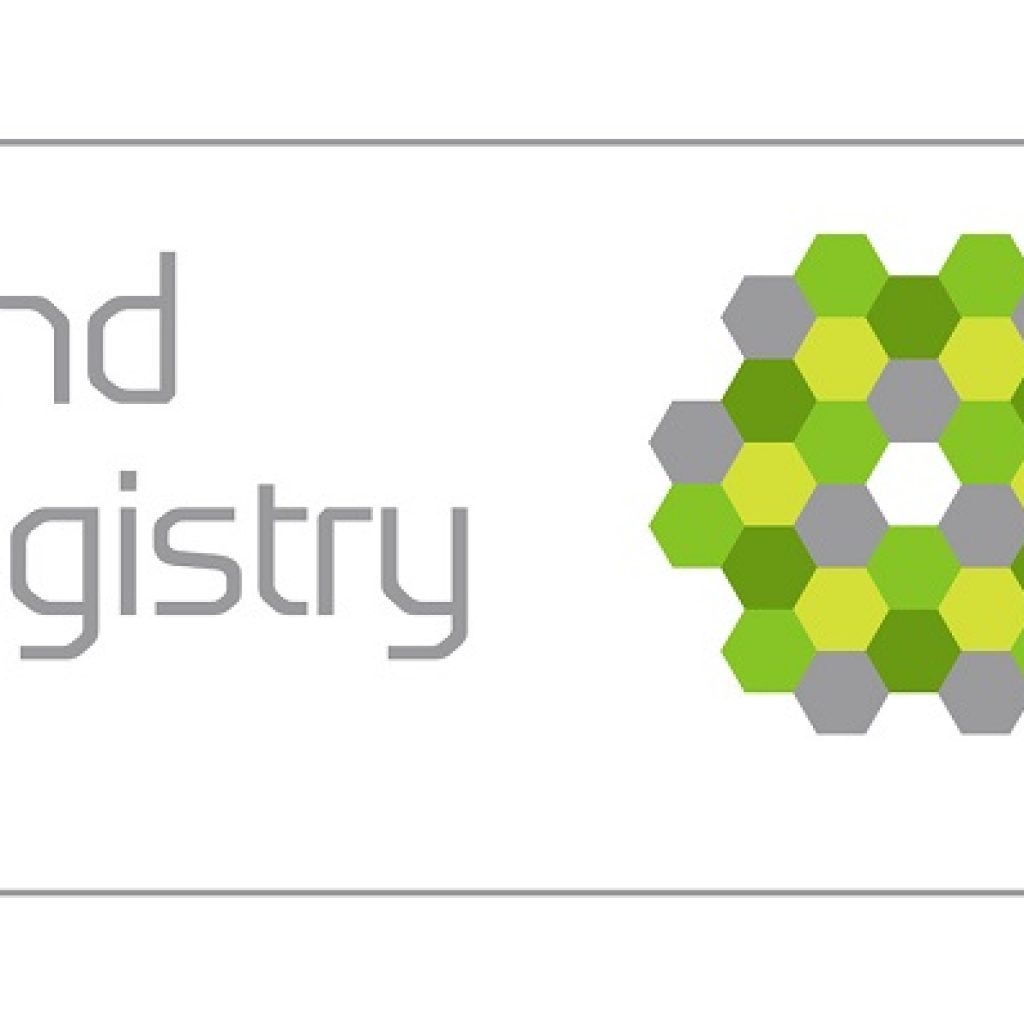The latest Land Registry UK House Price Index for August 2016 has been released
The August data shows:
- 4% annual price increase with average property value in the UK at £218,964
- 3% monthly price rise since July 2016
- 2% annual price increase in England with average property value at £235,573
- 4% monthly price rise in England since July 2016
- 7% annual price increase in Wales with average property value at £144,514
- 6% monthly price fall in Wales since July 2016
- 1% annual price increase in London with average property value at £488,908
- 3% monthly price rise in London since July 2016
The regional data indicates that:
- East England experienced the greatest increase in its average property value over the last 12 months with a movement of 13.3%
- South West experienced the greatest monthly growth with an increase of 2.3%
- North East saw the lowest annual price growth with an increase of 3%
- North East saw the only monthly price fall with a movement of -0.2%
UK home sales grew by 8.4% in the year to August, up slightly from 8.0% in July. Although demand and supply were broadly unchanged compared with the previous month, the indicators remained somewhat weaker than in 2015 and early 2016.
Sales during June 2016, the most up-to-date Land Registry figures available, show that:
- the number of completed house sales in England fell by 32.2% to 57,637 compared with 85,020 in June 2015
- the number of completed house sales in Wales fell by 27.1% to 3,046 compared with 4,181 in June 2015
- the number of completed house sales in London fell by 46.7% to 5,966 compared with 11,202 in June 2015
- there were 526 repossession sales in England in June 2016
- there were 55 repossession sales in Wales in June 2016
- the lowest number of repossession sales in England and Wales in June 2016 was in the East of England
Andy Sommerville, Director of Search Acumen, comments:
“Those nervously watching the post-Brexit property market can take another sigh of relief as August’s house price index reveals another month of relative stability. House prices grew by 8.4% in the twelve months prior, rising 1.3% from July as supply and demand were broadly unchanged. As the uncertain future casts a shadow over the wider landscape, the resilience of the residential property sector is positioning us robustly for the significant economic and political changes ahead.
“While we can be grateful for stability during these precarious times, which is likely to keep conveyancers busy, we must not overlook the ongoing housing crisis which continues to eat away at the hopes of first time buyers. Further house price growth will increase the deficit of affordable homes in the UK, worsened still by the 0.8% monthly fall in new-build construction output in July[1].
“As the Autumn Statement approaches, we call on Phillip Hammond to address these deep rooted issues in our market to close the gap between supply and demand, and drag home ownership back into reach for the normal working people Theresa May has set out to support.”
Andy Knee, chief executive of LMS, comments:
“The growth of average house prices underlines that, in spite of the economic and political turbulence of the summer, confidence in the UK housing market remains strong. Price rises in August are driven by the East of England, South East and London but it is reassuring – especially in such uncertain times – to see growth across the country: each region has witnessed house prices rise year-on-year by a minimum of 3%.
“Despite this growth, there is cause for concern that some areas of the housing market, may be slowing. The RICs Market Survey showed that enquiries from first time buyers have fallen by 15% between June and August*, perhaps a consequence of first time buyer hesitancy surrounding the result of June’s referendum, or that they are simply being priced out of the market. This isn’t helped by the record-low mortgage offers available to second steppers, which appeared on the market in the wake of the Bank of England’s base rate interest cut, and will contribute to demand.
“The outlook for first time buyers will worsen unless demand is met and more houses are built, something that doesn’t look set to happen any time soon: new-build housing output fell by 0.8% in July and is likely to be hampered by Brexit uncertainty.”
Katherine Binns, of HomeOwners Alliance says:
“The latest house price data released by Land Registry shows little change in house price growth in August. Since the referendum result, both house sales and house price growth have eased. However, low mortgage rates and a shortage of homes available for sale should sustain house prices.
“As the economy and employment have held up following the Brexit vote, it will be interesting to see whether confidence returns and begins to unfold in autumn housing market activity as buyers take advantage of attractive mortgage rates.”




















